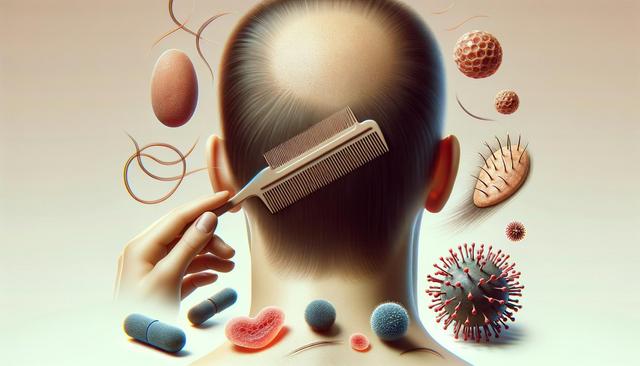What Causes Dark Spots?
Dark spots, also known as hyperpigmentation, are areas of the skin that become darker than the surrounding skin due to excess melanin production. These spots can develop for several reasons, including sun exposure, inflammation, hormonal changes, and skin injuries such as acne. Understanding the root cause is essential in selecting the right treatment approach. For instance, sun exposure often leads to sunspots or age spots, especially on areas frequently exposed like the face, hands, and shoulders. Hormonal changes, particularly during pregnancy or from using birth control, can lead to melasma, a type of hyperpigmentation that is more complex and often requires a combination of treatments.
While dark spots are generally not harmful, they can affect one’s confidence and overall skin appearance. It’s important to note that treating dark spots effectively often requires patience and consistency, as results may take weeks or even months to become visible depending on the method used.
Topical Treatments and Ingredients
One of the most accessible and commonly used methods to address dark spots is through topical treatments. These include over-the-counter products as well as prescription creams that contain active ingredients known to reduce pigmentation. Some of the most recognized ingredients include:
- Hydroquinone – a skin-lightening agent often prescribed for stubborn dark spots.
- Vitamin C – an antioxidant that helps brighten the skin and reduce melanin production.
- Niacinamide – a form of vitamin B3 that can help lighten dark spots and improve skin barrier function.
- Retinoids – promote cell turnover and can gradually fade pigmentation over time.
- Azelaic acid – reduces inflammation and helps normalize melanin production.
When using topical treatments, it is crucial to follow instructions carefully and monitor for any skin irritation. Consistent use over several weeks is usually necessary to see noticeable improvements.
Professional Skin Treatments
For individuals looking for more immediate or targeted results, professional treatments performed by dermatologists or licensed skincare professionals may be a suitable option. These treatments are typically more intensive and can address deeper or more persistent pigmentation issues. Common professional options include:
- Chemical peels – involve applying a solution that exfoliates the skin, promoting the shedding of pigmented cells.
- Laser therapy – uses targeted light energy to break up melanin clusters in the skin.
- Microdermabrasion – a mechanical exfoliation process that removes the outer layer of skin, helping to lighten dark spots over time.
- Microneedling – creates tiny punctures in the skin, stimulating collagen production and improving pigmentation irregularities.
These procedures often require multiple sessions and should be discussed thoroughly with a skin care professional to determine the most appropriate option based on skin type and the severity of the dark spots.
Lifestyle Habits and Prevention
While treatment can significantly improve the appearance of dark spots, prevention and daily skin care habits play a critical role in maintaining these results and avoiding new spots from forming. Sun protection is one of the most important factors. Ultraviolet (UV) rays from the sun are a major trigger for melanin production, so using broad-spectrum sunscreen every day is essential.
- Apply sunscreen with at least SPF 30 daily, even on cloudy days or when indoors near windows.
- Wear protective clothing such as wide-brimmed hats and sunglasses when outdoors.
- Avoid tanning beds and prolonged sun exposure.
- Incorporate antioxidants like vitamins C and E into your skincare routine to combat free radical damage.
Maintaining a gentle skincare routine that avoids harsh scrubbing or irritating products can also help keep the skin barrier healthy and reduce the risk of post-inflammatory hyperpigmentation, especially after acne or minor skin injuries.
When to See a Dermatologist
For some individuals, dark spots may not respond well to over-the-counter treatments or may be indicative of an underlying skin condition. In such cases, consulting a dermatologist is recommended. A professional can evaluate the spots and determine whether they are benign or require further investigation. Dermatologists can also prescribe stronger treatments or combine multiple therapies for more effective results.
It is also important to seek medical advice if the spots change in appearance, grow rapidly, or become symptomatic, as these could be signs of more serious skin conditions. Early intervention not only helps in addressing cosmetic concerns but also ensures skin health and safety.
Overall, while many dark spots are harmless, their treatment should be tailored to individual skin types and concerns. Working with a qualified professional can help create a comprehensive plan that includes both treatment and prevention strategies.


